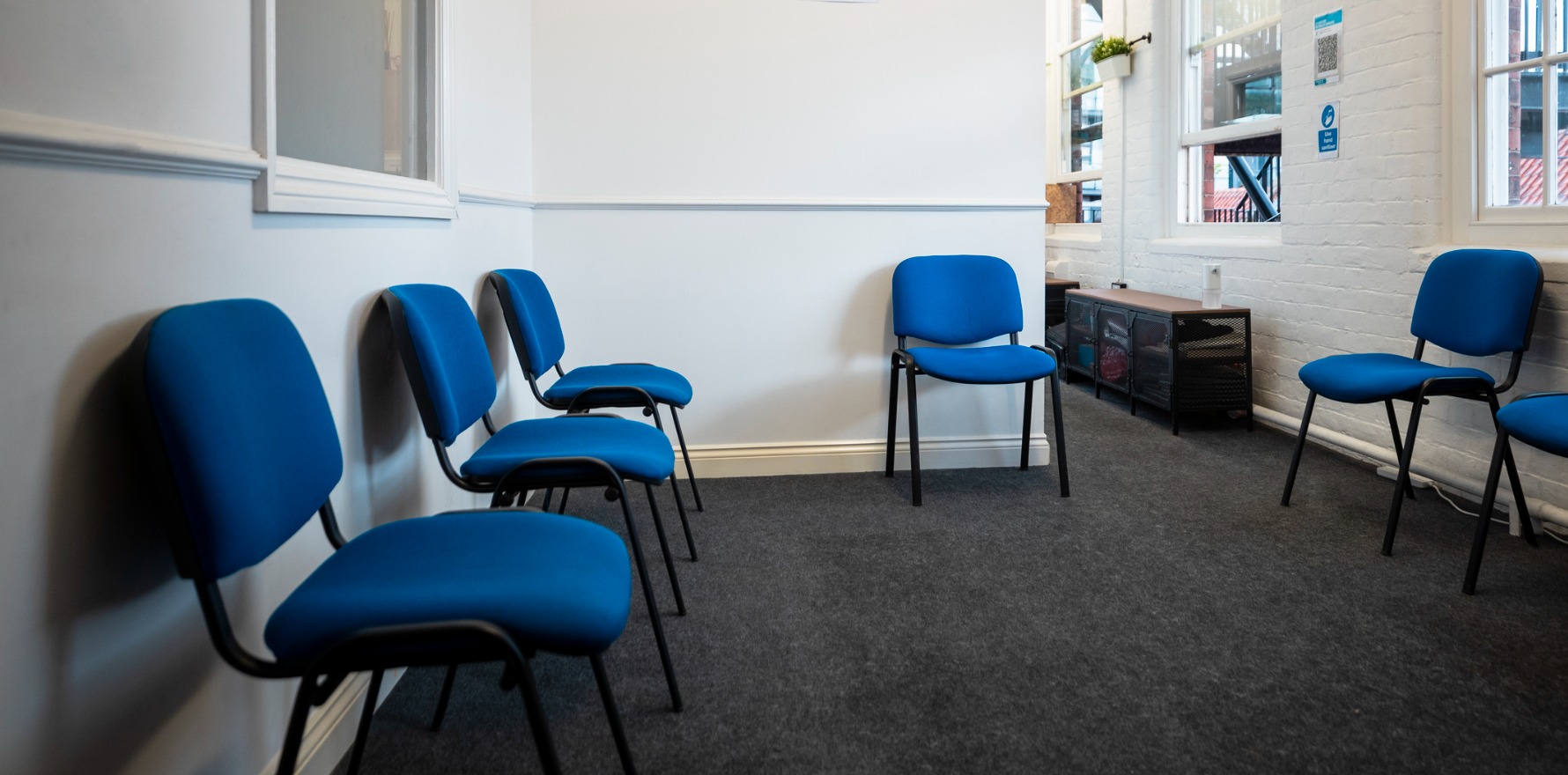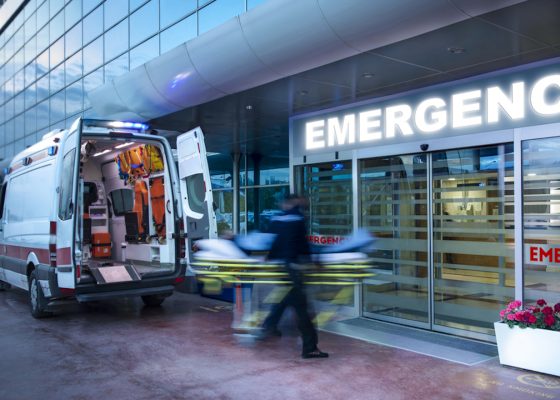Meanwhile ED presentations and ambulance services continue to exceed previous benchmarks.
Patients in NSW are struggling to access GP appointments as emergency departments and ambulance services continue to grapple with record levels of demand, new BHI data has revealed.
Latest findings from the BHI’s Healthcare Quarterly report have shown 795,817 emergency department attendances were recorded between April and June 2024, a 3.3% rise from the same quarter in 2023, with more patients allocated to triage 1, 2 and 3 categories than in any quarter since the BHI began reporting in 2010.
The data also showed a substantial net decrease in GP visits per 100,000 people across NSW with 653,802 recorded as at 30 June 2023, down 100,907 visits from 754,709 at 30 June 2022 and the first time a decline has been recorded since 2010.
NSW Health Minister Ryan Park urged the federal government to do more to increase access to primary care and to ease the burden on state health systems in the wake of the BHI’s findings.
“While access to primary care and GPs is a federal responsibility, the NSW government is playing our part by investing in pathways to care outside of the hospital, while improving patient flow within the hospital,” Mr Park said.
“But we cannot do this on our own, and we are continuing to see our state health system shoulder the burden of the crisis in primary care.”
Mr Park said he was “particularly concerned” that the lack of access to primary care was driving people to put off care and management, “particularly of chronic conditions”.
Of all patients attending an ED, 63.7% started their treatment on time in the April-June quarter, down 2.1% compared with the same quarter in 2023, with more than 69,000 patients leaving ED without, or before completing, treatment, an increase of 13.3% (8113) compared with the same time a year earlier.
More than 385,300 ambulance responses were reported across NSW between April and June, up 7.8% compared to the same quarter in 2023 and also the largest number reported since 2010.
These responses included a record 18,461 responses to life-threatening emergencies categorised “highest priority- P1A”, with a median response time of 13.9 minutes and one in 10 responses taking longer than 32 minutes in the latest 2024 quarter.
The report also showed that 59,105 elective surgeries were performed from April to June 2024, with 87% of surgeries performed on time, while the number of patients waiting longer than clinically recommended fell from 9,107 in the second quarter of 2023 to 1859 in 2024.
Mid North Coast and Southern NSW LHDs were among the top-performing LHDs in the state for ED and elective surgery performance, with 94.3% of patients at SNSWLHD and 83% at MNCLHD transferred off-stretcher to ED within 30 minutes in the April-June quarter.
Over 3000 planned surgery procedures were performed across MNCLHD in April-June 2024, with all urgent planned procedures performed on time.
“Demand for emergency department care continues to be high across the Mid North Coast with 37,076 attendances in the quarter, an increase of 5.2% or 1835 more attendances compared with the same quarter last year,” said Mid North Coast’s CEO Stewart Dowrick.
The District experienced a record number of 4392 triage 2 emergency presentations in the April to June 2024 quarter. This result was an increase of 11.8% compared to the same quarter in 2023, and the highest number since BHI started reporting in 2010
At SNSW LHD all of the 1383 planned surgeries performed between April and June were done on time.
“Our staff has implemented a range of improvement strategies over the past 12-18 months to achieve these impressive results,” said CEO Margaret Bennett.
“Strategies include daily huddles across all facilities, ongoing ED education programs to strengthen nursing triage protocols, regular reviews of clerical processes and systems, as well as management of discharges and delays.
“The most important outcome of this work is that patients in Southern NSW are given the very best care, as quickly as possible.”
The full BHI Healthcare Quarterly report for the April-June 2024 quarter is available here.


